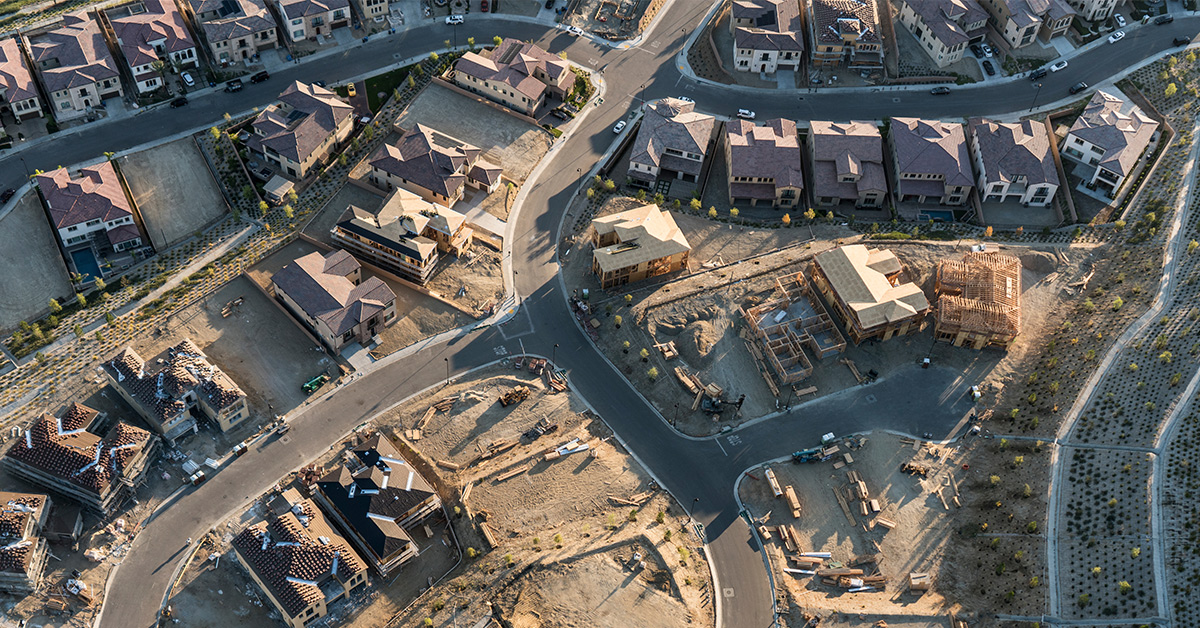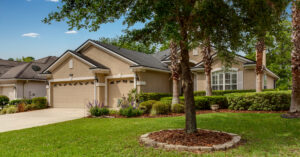The single-family rental (SFR) housing market became more organized across the country after the Great Recession. Institutional investors bought up tens of thousands of distressed homes scattered around the nation and turned them into rental properties.
In recent years, however, a new submarket has emerged in the single-family rental space. Planned communities of newly constructed homes built specifically for renters have appeared in a number of cities. Commercial mortgage brokers should pay attention to this trend. There are several financing opportunities in this space. Ultimately, this product is expected to grow into yet another flavor of multifamily housing that includes garden-style and wrap-style apartments, towers and older single-family rental homes.
Emerging communities
Purpose-built SFR communities have sprung up in such cities as Phoenix as an alternative to traditional apartments and older SFR properties. This trend should continue if the country goes into a prolonged downturn caused by the COVID-19 crisis that would naturally drive demand for rental units. Prospective first-time homeowners will struggle to maintain their credit scores and save for downpayments. The closest alternative to buying a single-family home is to rent one.
Generally speaking, single-family rentals target two of the larger demographic groups: millennials and baby boomers. Young families and seniors tend to be attracted to these communities for several reasons. Often, for example, both retirees and young commuters don’t want to worry about property maintenance. The homes come with new and energy efficient appliances, and are often single-story units.
The styles of rental homes in planned communities can vary. One popular type in Phoenix, for instance, is a cluster of 12 single-story homes on an acre of land. Typically, there is a small private backyard as well as on-site leasing and maintenance. Other planned communities have more traditional single-family homes or townhomes. Some units have a two-car attached garage that provides convenience, storage and security.
These communities tend not to be developed in expensive areas, such as Los Angeles and New York City. The developments are better suited for the suburbs. Land costs must be reasonable. The typical land required is nine to 30 acres. Local zoning laws also have to accommodate the built-to-rent product. Municipalities, however, tend to favor this type of development over traditional garden-style apartments.
Development details
Residential construction companies like the built-to-rent model as well. Although some developers of SFR communities have internal construction teams, others outsource to homebuilders on a fee basis.
Homebuilders typically have greater buying power for materials and experienced workers in place, making them natural candidates to complete these projects efficiently and on budget. Homebuilders are attracted to this business model because it typically involves a large order for many similar units with a limited number of floor plans.
For the project’s developer and owner, planned SFR communities offer some of the advantages of traditional single-family and multifamily developments. As previously mentioned, the developer can hire homebuilders at a lower cost, rather than commercial contractors. Once the units are constructed, however, a planned community can be managed like an apartment complex.
Join 210,000 mortgage professionals
Get the news, trends and industry updates in your inbox to become a better mortgage originator. Subscribe to emails below.
Managing scattered properties is challenging. Typically, institutional investors own thousands of rental homes around the country and manage each of them from a remote location. SFR communities, by contrast, often have professional on-site management and leasing similar to a large apartment complex.
For these reasons, equity investors and lenders are becoming more comfortable with planned SFR communities. A developer will typically raise equity and debt prior to closing that is sufficient to build all of the homes as rapidly as possible. These mortgages are similar to multifamily construction loans in that they ultimately finance all of the units within the development. The initial short-term construction loans are often structured to remain in place until the properties stabilize and are then replaced by longer-term financing.
Financing features
Bank and nonbank lenders alike will finance planned rental communities. Banks typically restrict the loan-to-cost ratio of these projects to 60% to 65%, while nonbank lenders often go up to 80%. Of course, this extra leverage comes with a higher interest rate. It should be noted that the planned single-family rental is a relatively new product for the marketplace, so only a limited number of developers have track records in building new communities.
Banks are lending against the product with similar terms to multifamily construction projects. Lenders tend to view SFR units as less risky than traditional multifamily apartments because they know that a half-built SFR community can be sold as individual homes if necessary. That is not the case with apartments. There are numerous nonbank lenders in this space as well. Some of these lenders have crossed over from the fix-and-flip sector. They tend to have higher advance rates as well as correspondingly higher interest rates and fees.
One challenge in financing the construction phase of the planned rental development is the timeline. It takes longer to build 100 detached homes than it does a 100-unit apartment complex. As a result, the development may not have all of the contracts in place at the loan closing to cap the construction costs. It becomes harder to limit the maximum amount to be paid to subcontractors. Lenders are continuing to learn the nuances of this product type, but expect more banks to warm to this product soon. This will, in turn, present more opportunities for commercial mortgage brokers.
Today, many people struggle to find an affordable place to live. As the planned SFR sector continues to evolve, there will be more crossover from apartment developers and traditional homebuilders as they race to provide the best and most cost-effective living experience for their tenants.
• • •
SFR communities provide a positive living experience for those who cannot or do not want to own a home. The stigma of renting has certainly faded from previous generations that were taught to save money and invest in a home. All of this suggests that the future of planned single-family rental communities is bright. •
Author
-
Ed Steffelin is senior vice president at George Smith Partners. He has more than 25 years of investment experience in structured products, alternative assets and real estate. He currently advises real estate sponsors about debt and equity capital, and serves as a co-founder of two startup real estate companies, STAC Capital and Balcara Group. STAC Capital finances model homes and Balcara Group creates new single-family rental communities.





